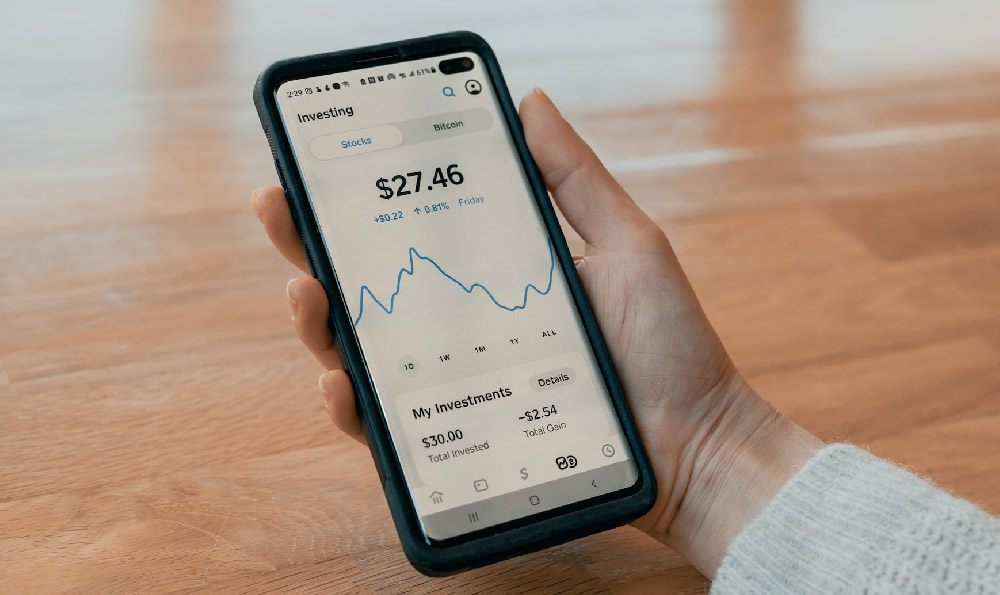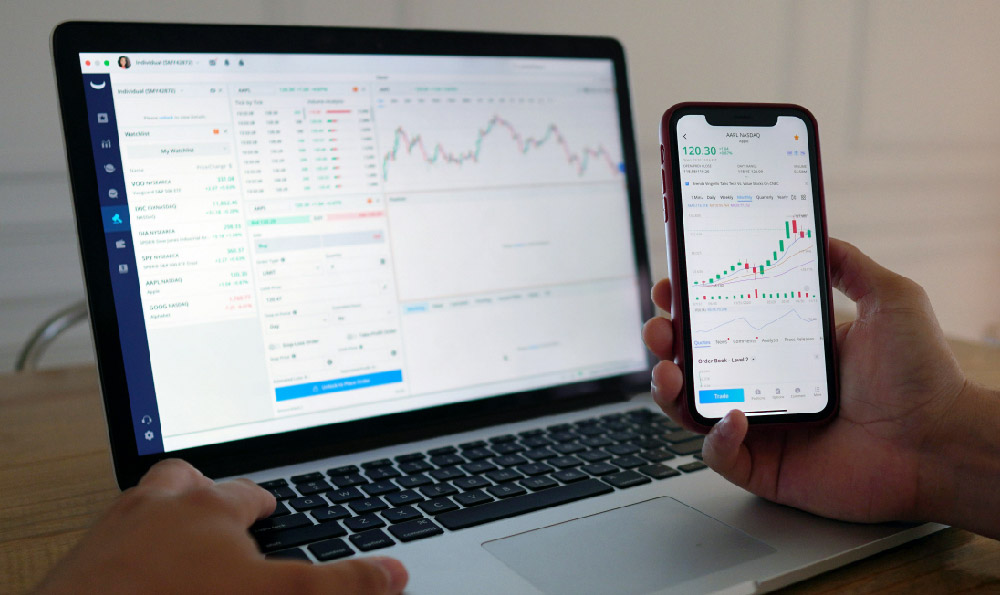How much money does a YouTube channel make, and what factors influence it?
The revenue generated by a YouTube channel is a multifaceted question with no single, definitive answer. It's influenced by a complex interplay of factors, making a precise estimate elusive. However, understanding these factors provides a clearer picture of the potential earnings and how to maximize them.
One of the primary drivers of YouTube channel income is advertising revenue. YouTube's Partner Program (YPP) allows creators to monetize their content by displaying ads before, during, or after their videos. When viewers watch these ads, or in some cases, click on them, the creator earns a portion of the ad revenue. This portion is usually calculated based on CPM (Cost Per Mille), which represents the cost advertisers pay for one thousand ad impressions. The CPM can vary widely depending on numerous elements, including the viewer's location (advertisers typically pay more for viewers in developed countries like the United States, Canada, and the UK), the target audience (certain demographics are more valuable to advertisers), the video content (topics like finance, technology, and business tend to attract higher CPMs), and the seasonality of advertising (CPMs often increase during holidays and peak shopping seasons). Consequently, a channel with a million views might earn significantly different amounts depending on these variables.
Another crucial metric to consider is RPM (Revenue Per Mille), which is the actual revenue a creator receives for every thousand views after YouTube takes its share (approximately 45%). RPM provides a more accurate representation of the channel's earning potential than CPM, as it factors in YouTube's cut and any non-monetized views. Again, RPM is highly variable, but understanding the factors that influence CPM will also influence RPM. For instance, a channel focusing on gaming walkthroughs targeted at teenagers will likely have a lower RPM than a channel offering investment advice to professionals.

Beyond advertising revenue, YouTube channels can generate income through a variety of alternative monetization methods. Channel memberships allow viewers to pay a recurring fee for exclusive perks such as badges, custom emojis, and access to members-only content. Super Chat and Super Stickers enable viewers to highlight their messages in live chat streams by paying a fee, directly supporting the creator. Merchandise shelves allow creators to sell branded products such as t-shirts, mugs, and phone cases directly on their channel. YouTube Premium revenue is another source; when YouTube Premium subscribers watch a creator's videos, the creator receives a portion of the subscriber's fee.
The size and engagement of a YouTube channel's audience are fundamental determinants of its earning potential. A large subscriber base provides a consistent stream of views, increasing ad revenue and creating opportunities for alternative monetization. However, the level of engagement is equally important. A channel with a million subscribers but low view counts and minimal interaction will likely earn less than a channel with a smaller but more active and engaged audience. Engagement metrics such as likes, comments, shares, and watch time signal to YouTube that the content is valuable and relevant, which can improve its discoverability and further increase viewership.
The niche and content type of a YouTube channel also significantly impact its revenue. Certain niches, such as finance, technology, business, and luxury goods, tend to attract higher CPMs because they appeal to affluent audiences that are highly sought after by advertisers. Content that is evergreen, meaning it remains relevant and continues to attract views over a long period, is also more valuable than content that is time-sensitive or trendy. Evergreen content generates passive income over time, contributing to a more sustainable revenue stream. The length of videos is also a factor. Longer videos typically allow for more ad placements, leading to higher ad revenue.
External factors also play a role in YouTube channel earnings. Economic conditions, advertising trends, and changes to YouTube's monetization policies can all affect revenue. During economic downturns, advertising budgets may be reduced, leading to lower CPMs. Conversely, during periods of economic growth, advertising spending tends to increase. YouTube's monetization policies are subject to change, and creators must adapt to these changes to maintain their revenue streams. Furthermore, competition within a specific niche can impact viewership and ad revenue. A saturated niche may require more effort to stand out and attract viewers.
Finally, strategic channel management is crucial for maximizing earnings. This includes optimizing video titles, descriptions, and tags to improve search engine optimization (SEO) and increase discoverability. Promoting videos on other social media platforms can drive traffic and expand the audience. Engaging with viewers in the comments section and responding to feedback can foster a sense of community and encourage loyalty. Analyzing channel analytics to understand audience demographics, viewing habits, and revenue trends can provide valuable insights for optimizing content and monetization strategies. Consistent uploading and maintaining a regular schedule also help keep audiences engaged and coming back for more.
In conclusion, the amount of money a YouTube channel makes is a complex equation determined by a multitude of interconnected variables. While specific numbers are difficult to pinpoint without inside knowledge of a particular channel, focusing on high-value content, audience engagement, diversified monetization strategies, and strategic channel management provides a strong foundation for building a profitable YouTube presence. Understanding these factors empowers creators to make informed decisions and optimize their channels for long-term financial success.















